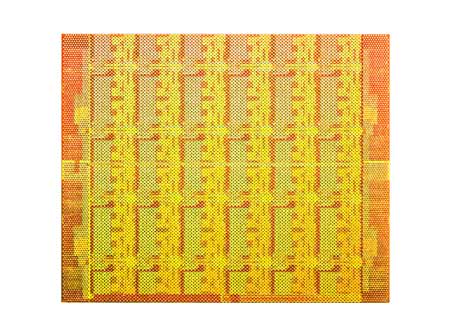
For users on the prowl for a high performance computing, Intel has just revealed its innovative plans to bring in new products based on the Intel Many Integrated Core architecture. These integrated Intel MIC Chips are said to extend Intel’s role in speeding up Science and Discovery.
The Intel MIC architecture will retain the benefits of Intel’s standard processors in addition to creating platforms that will run at trillions of calculations per second. High-performance computing segments like exploration, scientific research and financial or climate simulation are targeted by its first product. Codenamed ‘Knights Corner’, based on this Intel MIC architecture, is produced on Intel’s 22-nanometer manufacturing process using transistor structures as small as 22 billionths of a meter. It will also utilize Moore’s Law to scale to more than 50 Intel processing cores on a single chip.
Kirk Skaugen, vice president and general manager of Intel’s Data Center Group, commented, “Intel’s Xeon processors, and now our new Intel Many Integrated Core architecture products, will further push the boundaries of science and discovery as Intel accelerates solutions to some of humanity’s most challenging problems. The Intel MIC architecture will extend Intel’s leading HPC products and solutions that are already in nearly 82 percent of the world’s top supercomputers. Today’s investments are indicative of Intel’s growing commitment to the global HPC community.â€
Although the company’s workloads will still be based on Intel Xeon processors, Intel MIC architecture will help speed up select highly parallel applications. Apart from this, Intel is currently shipping industry design and development kits codenamed ‘Knights Ferry’ to certain developers.
“The CERN openlab team was able to migrate a complex C++ parallel benchmark to the Intel MIC software development platform in just a few days. The familiar hardware programming model allowed us to get the software running much faster than expected,†shared Sverre Jarp, CTO of CERN openlab.
Further, common Intel software tools, software algorithms and optimized programming techniques shared between Intel MIC architecture and Intel Xeon processors will support diverse programming models. These programming models will place unique performance in the hands of scientists, researchers and engineers, enabling them to boost their pace of discovery and preserve their existing software investments. The Intel MIC architecture is a result of several Intel projects including ‘Larrabee’ and others like the Single-chip Cloud Computer.
Intel will expand the program to deliver an extensive range of developer tools for Intel MIC architecture in the second half of 2010.




